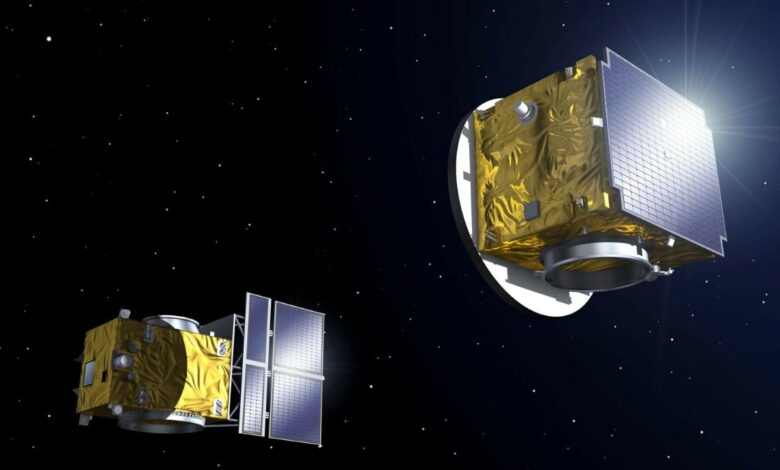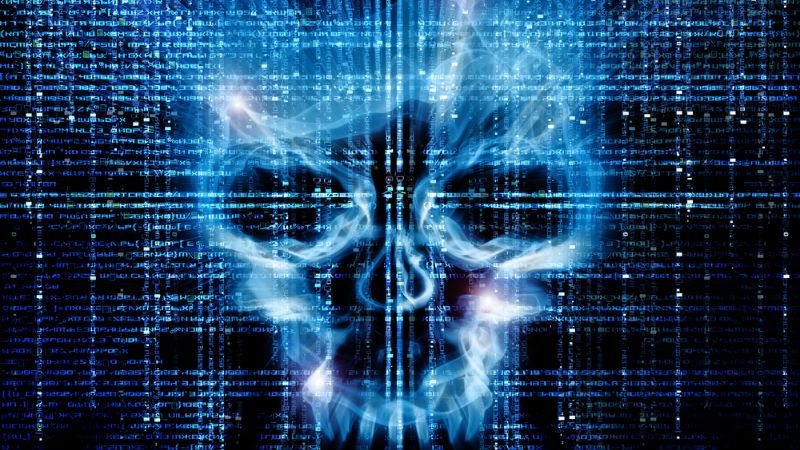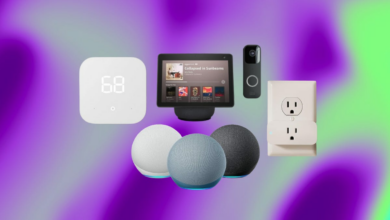ISRO launches ESA Proba-3 mission that aims to study the Sun

The Indian Space Research Organization (ISRO) will deploy the European Space Agency’s (ESA) Proba-3 mission on December 4, 2024 using its Polar Satellite Launch Vehicle (PSLV) from Sriharikota, according to multiple sources. The mission, designed to investigate the Sun’s corona, marks an important collaboration between India and Europe. Proba-3 will attempt precision formation flying, where two satellites will operate together to create a solar coronagraph, allowing detailed examination of the Sun’s outer atmosphere.
What does Proba-3 want to achieve?
Proba-3’s primary focus is on the solar corona, the outer layer of the sun, known for its extreme temperatures that can reach 2 million degrees Fahrenheit. This region is critical for understanding phenomena such as solar storms and winds that affect space weather and disrupt technologies on Earth, including power grids and satellite communications.
The mission is equipped with three instruments. The ASPIICS coronagraph will simulate solar eclipses, providing an unprecedented view of the Sun’s inner and outer corona. The Digital Absolute Radiometer (DARA) will measure total solar radiation, while the 3D Energetic Electron Spectrometer (3DEES) will monitor electron fluxes in Earth’s radiation belts, providing valuable insights into space weather.
Why is Proba-3 groundbreaking?
Proba-3 will use two satellites – the 200kg Occulter spacecraft and the 340kg Coronagraph spacecraft – which will be precisely aligned to simulate an artificial solar eclipse. The Occulter will cast a shadow, allowing the Coronagraph to capture continuous images of the corona for six hours. This system exceeds the short observation window of natural solar eclipses and is expected to provide data equivalent to 50 such events per year.
The role and benefits of India
The selection of ISRO for this high-profile mission underlines the reliability of its launch infrastructure. Indian solar physicists are expected to get exclusive access to Proba-3 data, expanding research opportunities together with ESA scientists. According to reports, collaborative studies using data from India’s Aditya-L1 mission are also planned, furthering advances in solar physics.




